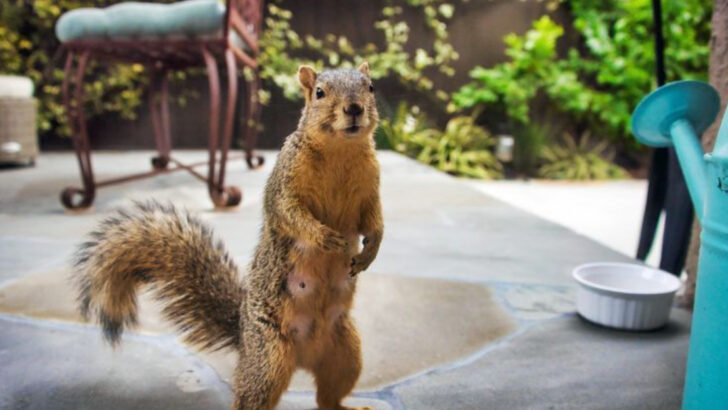Squirrels are charming creatures that have become a staple in suburban life, capturing hearts with their acrobatics and intelligence.
How did these bushy-tailed rodents become so prevalent in our neighborhoods?
This article delves into twelve fascinating aspects of their presence in suburban areas, exploring their adaptability, dietary habits, and unique behaviors.
From their historical journey to the suburbs to their playful antics, discover the intriguing world of squirrels and how they’ve seamlessly integrated into human environments.
Masters of Adaptation
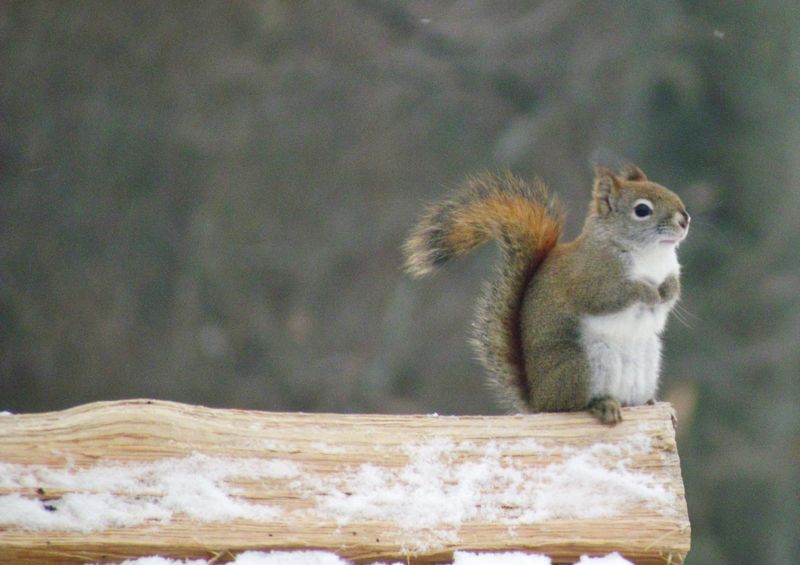
Squirrels have a remarkable ability to adapt to various environments, including bustling suburbs. Their keen sense of observation and problem-solving skills allow them to navigate human-made structures. Whether it’s leaping from tree to roof or cleverly accessing bird feeders, their adaptability is on full display.
In suburban areas where food sources are abundant, squirrels thrive by adjusting their diets to include whatever is available. This flexibility ensures their survival, even in harsh winter months.
Did you know? Squirrels’ bushy tails are not just for balance but also serve as blankets to keep them warm.
Playful Acrobatics
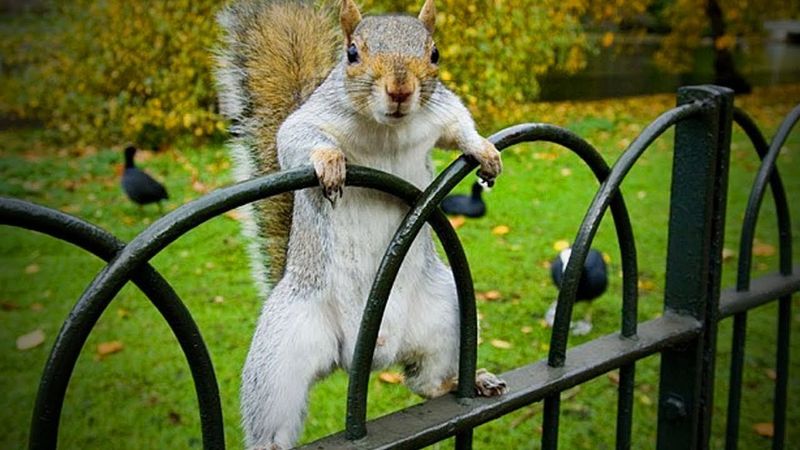
With nimble bodies and agile movements, squirrels are the acrobats of the animal kingdom. Their playfulness is evident as they effortlessly dash across power lines and leap between branches. Watching them is a treat, as they appear to perform a well-choreographed dance.
These playful antics are not just for fun; they also help squirrels develop essential coordination and balance skills. This playful nature endears them to human observers.
Interestingly, squirrels are known to playfully chase each other, a behavior that strengthens social bonds within their community.
Ingenious Food Storers
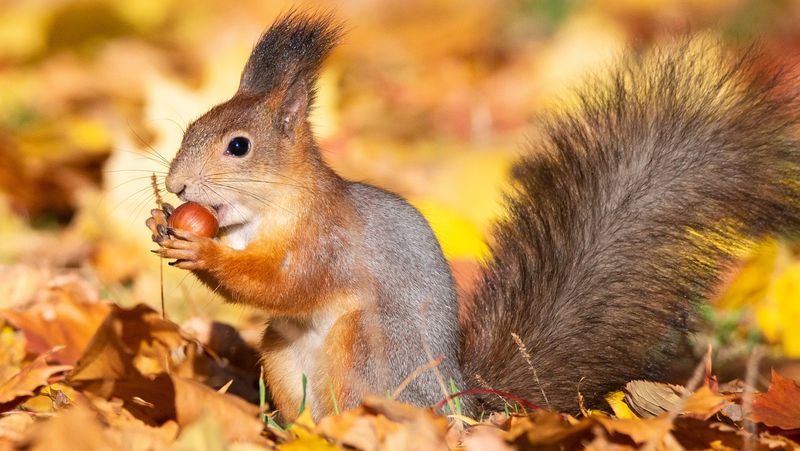
Squirrels are renowned for their ability to store food for the winter, a behavior that showcases their foresight and intelligence. In suburban gardens, you might spot them burying acorns or other nuts, a process known as caching.
This ingenious method ensures they have a food supply during colder months when resources are scarce. Squirrels possess an impressive spatial memory, allowing them to recall the locations of their hidden treasures.
Did you know? Not all cached items are retrieved, leading to accidental planting of trees, which contributes to forest growth.
Charming Communicators
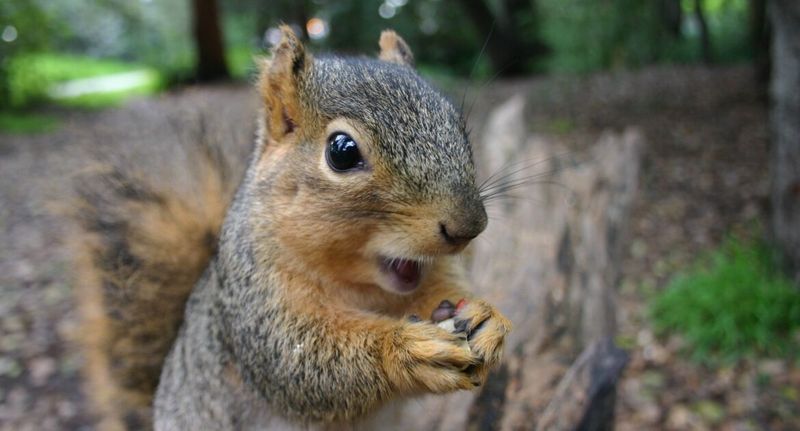
Squirrels are not just silent observers; they are active communicators using vocalizations and tail signals. In suburbs, you might hear their distinctive chatter or notice their tail flicking, which conveys messages to fellow squirrels.
These communication methods are vital for alerting others to potential threats or for social interactions. Squirrels’ vocalizations range from warning calls to softer, more intimate sounds shared among family members.
A fascinating aspect of their communication is the use of scent marking, which helps establish territories and identify familiar individuals.
Adorable Garden Bandits

Squirrels have a knack for raiding bird feeders, a common sight in suburban gardens. These adorable bandits are drawn to the easy access to seeds and nuts offered by these feeders. Their persistence and cleverness in reaching these food sources are both frustrating and endearing to homeowners.
While some might view them as pests, others appreciate the entertainment they provide. Their ability to outsmart various feeder designs showcases their intelligence and determination.
Adding squirrel-proof feeders can be a fun challenge for those wanting to protect their birdseed.
Nature’s Tree Planters
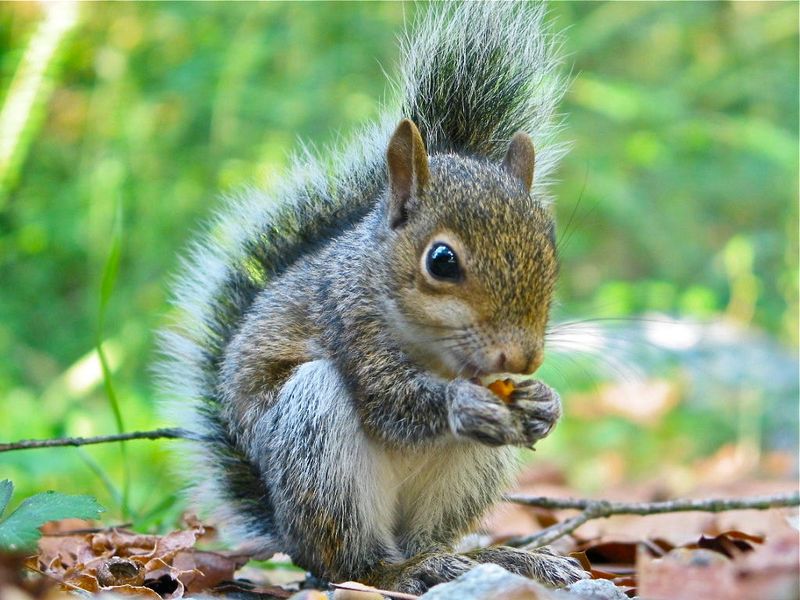
Unbeknownst to many, squirrels play a crucial role in reforestation. As they bury nuts and seeds in various locations, not all are retrieved, leading to new tree growth. This natural planting process helps regenerate forests and green spaces in suburban areas.
Their unwitting contribution to nature makes them vital ecological players. This behavior showcases the interconnectedness of nature, where even small actions have significant impacts.
It’s fascinating to think how a single squirrel’s routine can lead to the growth of an entire tree, benefiting the environment for years to come.
Socially Savvy Creatures

Squirrels are more social than they might appear, often seen in groups engaging in play or sharing food. In suburban settings, these interactions are more visible, offering a glimpse into their complex social structures.
Their social behavior includes grooming, playing, and vocalizing, all of which strengthen bonds within their community. This social nature is crucial for survival, as it helps them fend off predators and share vital resources.
Fun fact: Some squirrels even establish friendships with humans, accepting food directly from people’s hands.
Suburban Survivalists
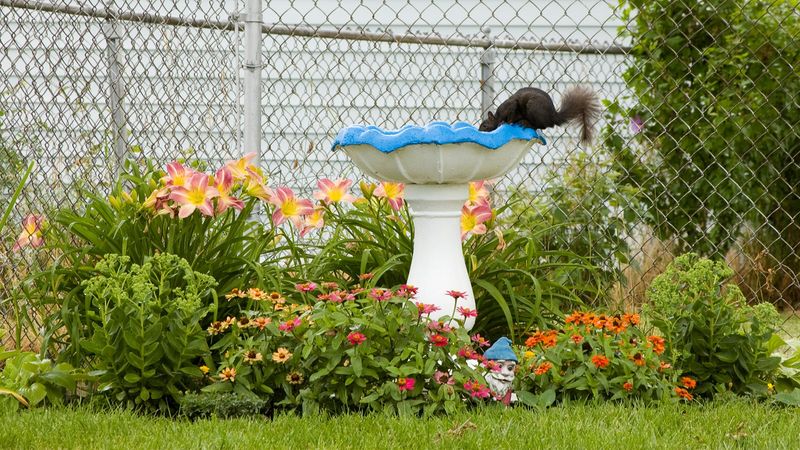
Squirrels are true survivalists, adept at finding food and shelter in suburban landscapes. Their ability to adapt to changing environments is a testament to their resilience and intelligence. Whether it’s raiding dumpsters or sneaking into attics, they’ve mastered the art of suburban living.
Their sharp senses and quick reflexes make them formidable survivors, capable of evading predators and other dangers. This adaptability ensures their continued presence in suburbs.
Did you know? Squirrels can rotate their ankles 180 degrees, aiding in their swift escapes and agile navigation.
Clever Problem Solvers
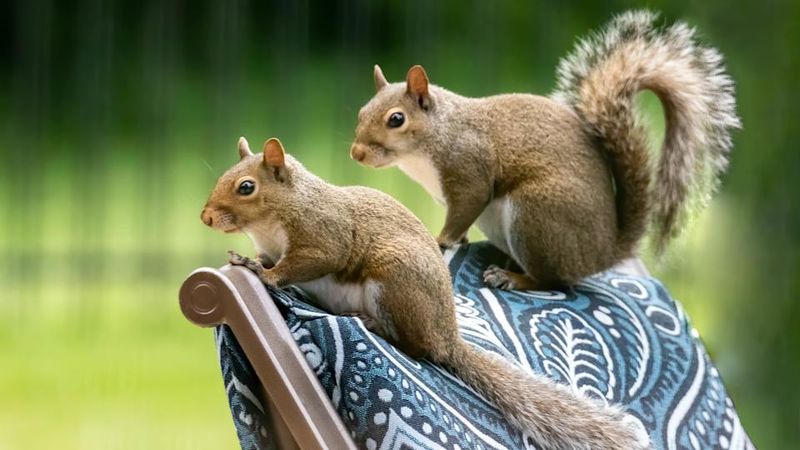
Squirrels are renowned for their problem-solving abilities, often devising creative solutions to access food or evade obstacles. In suburban settings, this intelligence is on full display as they outwit bird feeders or navigate intricate terrains.
Their problem-solving skills are a result of their curiosity and adaptability, traits that have allowed them to thrive in human environments. This cleverness is both amusing and awe-inspiring to observers.
It’s fascinating to watch a squirrel tackle a seemingly impossible task with determination, showcasing their remarkable cognitive abilities.
Efficient Climbers
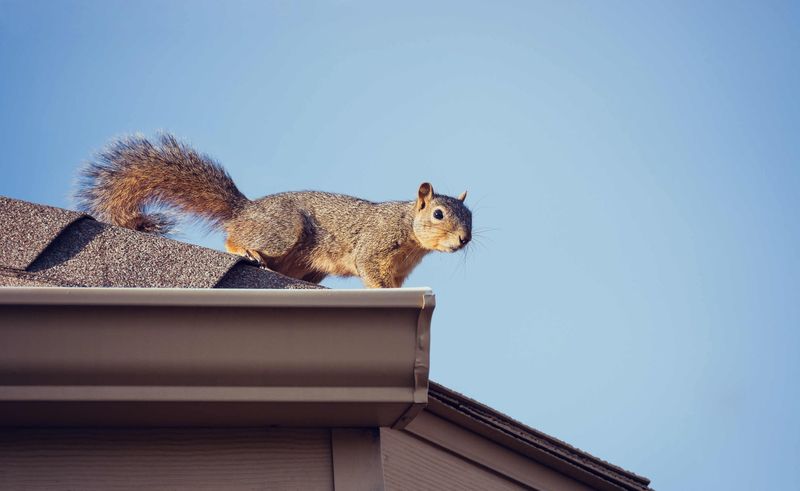
Squirrels are exceptional climbers, able to scale trees with ease due to their powerful claws and flexible ankles. In suburban areas, their climbing prowess is evident as they traverse rooftops and fences.
Their climbing ability is not just for mobility; it also provides safety from ground predators. This skill is honed from a young age, ensuring their survival in various habitats.
Fun fact: Squirrels can jump up to ten times their body length, a testament to their incredible agility and strength.
Curious Explorers
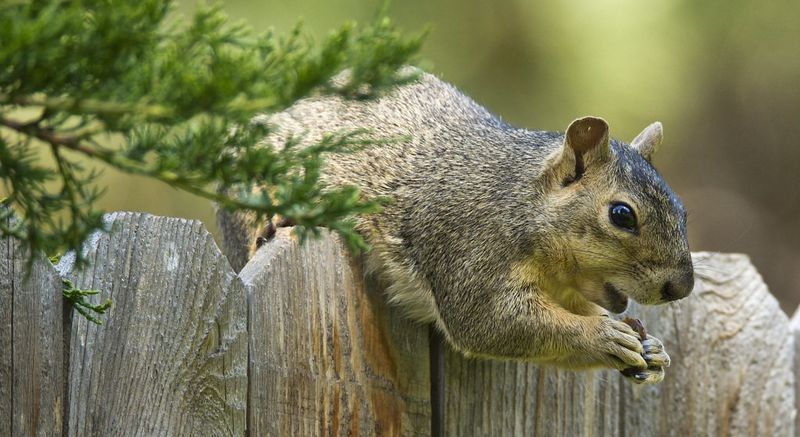
Squirrels are naturally curious, often seen investigating their surroundings with keen interest. This curiosity leads them to explore new environments, including suburban backyards where they forage for food and nesting materials.
Their inquisitive nature is vital for learning and adapting to new challenges in their environment. This exploration helps them find resources and avoid potential threats.
Interestingly, this curious behavior often leads to entertaining encounters with humans, as squirrels boldly investigate outdoor spaces and interact with man-made structures.
Urban Legend Architects
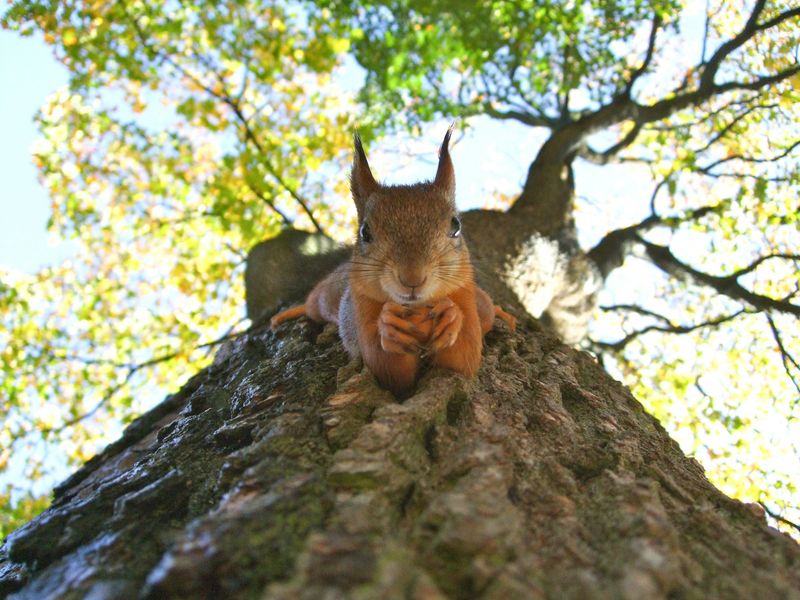
Squirrels are skilled architects, known for constructing elaborate nests called dreys in suburban trees. These nests are crafted from twigs, leaves, and other materials to provide shelter and protection for their families.
Their architectural prowess is remarkable, as they build sturdy structures capable of withstanding harsh weather conditions. This skill is passed down through generations, ensuring future squirrels possess the knowledge to create safe havens.
Did you know? Squirrels line their nests with soft materials like moss and fur, creating a cozy environment even in cold climates.

